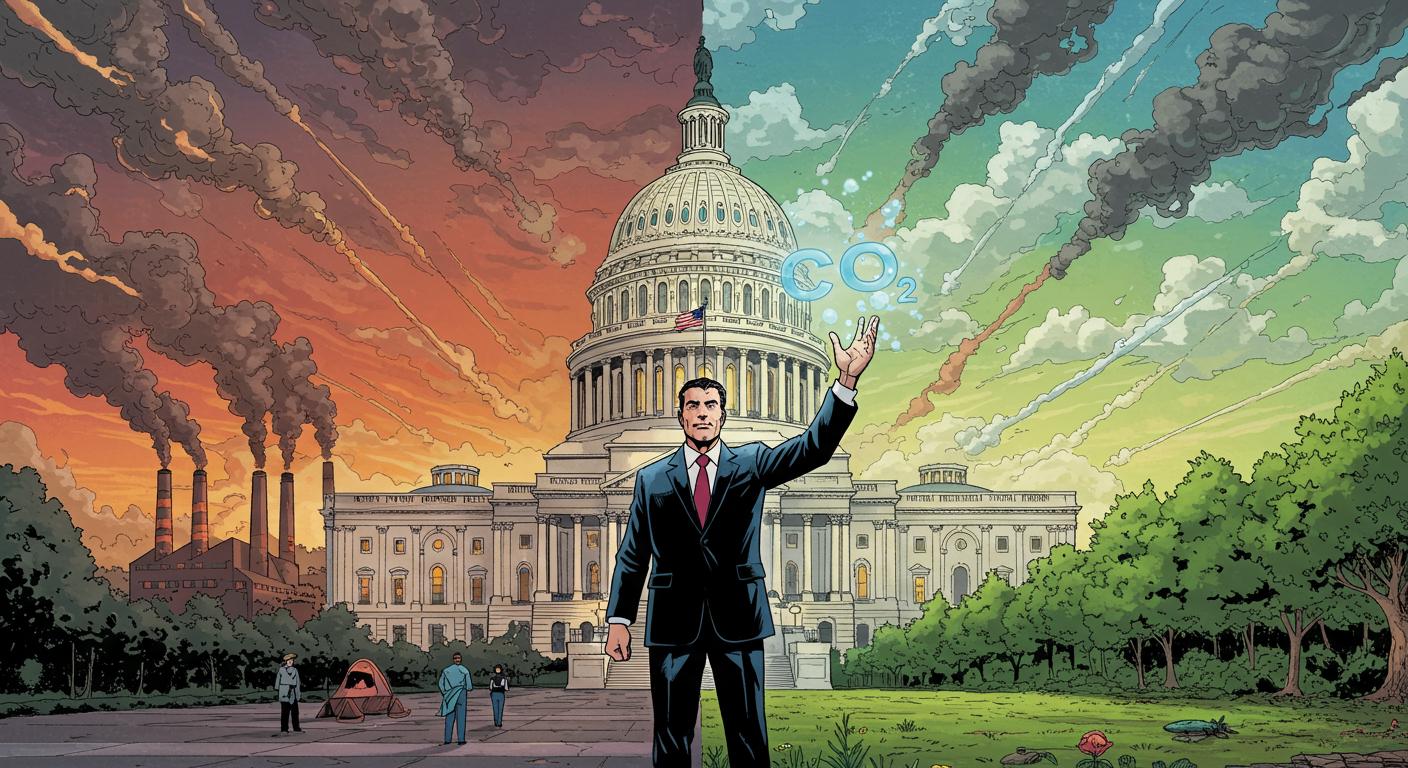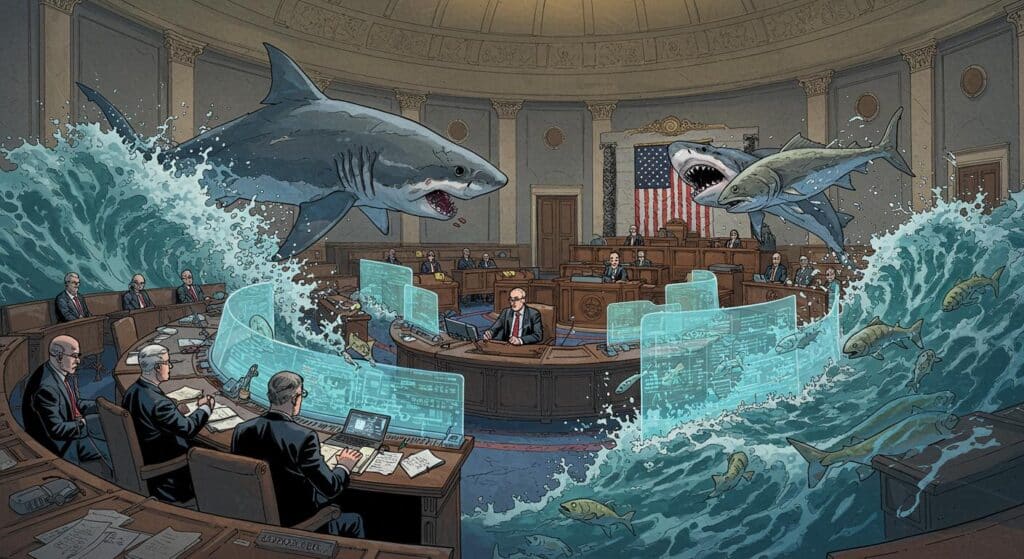It’s not every day you hear the head of an environmental agency singing the praises of carbon dioxide—at least, outside a sixth-grade biology worksheet. This week, EPA Administrator Lee Zeldin served up a moment of unexpected irony: not only declaring CO2 “important for the planet” but also revealing sweeping plans to erase decades’ worth of greenhouse gas restrictions.
As outlined in a USA TODAY report, the EPA is stepping forward with what it describes as the largest deregulatory move in its history. The agency intends to strike down both the 2009 “endangerment finding”—a cornerstone scientific determination that vehicle emissions pose a real threat to human health—and the web of vehicle emissions standards that’s developed since.
Rewriting the Rulebook… or Just Hitting Delete?
A little archival review: back in 2009, the EPA, then under President Obama, concluded that pollution from vehicles didn’t just dirty up the scenery; it also put actual public welfare on the line. This “endangerment finding” became the agency’s legal engine for controlling tailpipe emissions. As recounted in USA TODAY, it survived legal storms and propped up standards for vehicles, power plants, and oil production alike. Fast forward to now: Administrator Zeldin, speaking on the “Ruthless” podcast, explained that these standards will soon be history, noting, “They’ll say carbon dioxide is a pollutant and that’s the end of it. They’ll never acknowledge any type of benefit or need for carbon dioxide… it’s important to note, and they don’t, how important it is for the planet.”
If there’s a sense of déjà vu, it’s probably because Zeldin’s reasoning, emphasized in the outlet’s coverage, leans heavily on the idea that CO2 is essential for life—while neatly skipping over what too much of a good thing does to, say, global weather patterns.
The outlet also notes that Zeldin’s plan is set on pulling the “endangerment finding” itself by raising doubts about the reliability of the underlying science, citing unnamed “developments.” Seeing a trend? The EPA apparently hopes to sidestep prior scientific consensus by inviting skepticism at the root—if the finding goes out the window, the EPA’s Clean Air Act authority to police climate pollution dissolves along with it.
What Happens When Science Is Filed Under “Pending”?
Diving into the legal footnotes, USA TODAY points out that the Supreme Court’s Massachusetts v. EPA decision required the agency to base its actions squarely on science, by ruling on whether greenhouse gases endanger public health. This ruling has been the backbone for EPA’s climate authority for over a decade. By targeting the very existence of the “endangerment finding,” the agency essentially removes its own obligation—a maneuver that, one suspects, would leave most librarians clutching their rule books in confusion.
Critics haven’t held back in pointing out the oddity. In a detail highlighted by USA TODAY, Sierra Club’s acting executive director Loren Blackford responded by calling the policy a “sledgehammer to the very foundation of our government and settled law.” Blackford tied today’s deregulation to a real-world tally—record heat, floods, weather disasters—arguing these aren’t just abstract numbers but “the undeniable result of greenhouse gas emissions.”
Meanwhile, the agency moves forward with the formal announcement in Indiana. Perhaps, as the outlet mildly observes, nothing says “historic rollback of environmental protections” quite like a press event in the heartland.
CO2: Miracle Molecule or Misunderstood Villain?
Here’s where things wobble from the realm of science to the gray area of rhetorical flourish. Yes, CO2 is, as Zeldin reminds us, technically vital. Few would dispute the need for plants to carry on their leafy business. Of course, history also remembers the times we extolled the virtues of leaded gasoline or celebrated asbestos as “safe as houses.” The trick is always the dose, isn’t it?
Earlier in the USA TODAY report, the agency’s plan to justify deregulation by poking holes in established science resonates with familiar strategies: the moment the record gets murky, the rules can be quietly rewritten. For those keeping score across the regulatory landscape, the spectacle raises the question: will we eventually look back at this CO2 celebration as a curious artifact—or a pivotal turning point?
Is it merely strange that we’re now weighing environmental regulations on the same philosophical scales as botany lessons? Or perhaps this is just another example for the ever-growing file labeled “Odd Things Officials Have Earnestly Said.” If that’s the pattern, one has to wonder which regulatory mainstay will next be repositioned as crucial for the greater good. Mercury? Ozone? The humble dandelion?
In a world awash with information, some days the real weirdness lies less in the content of the news and more in the logic that shapes it.







